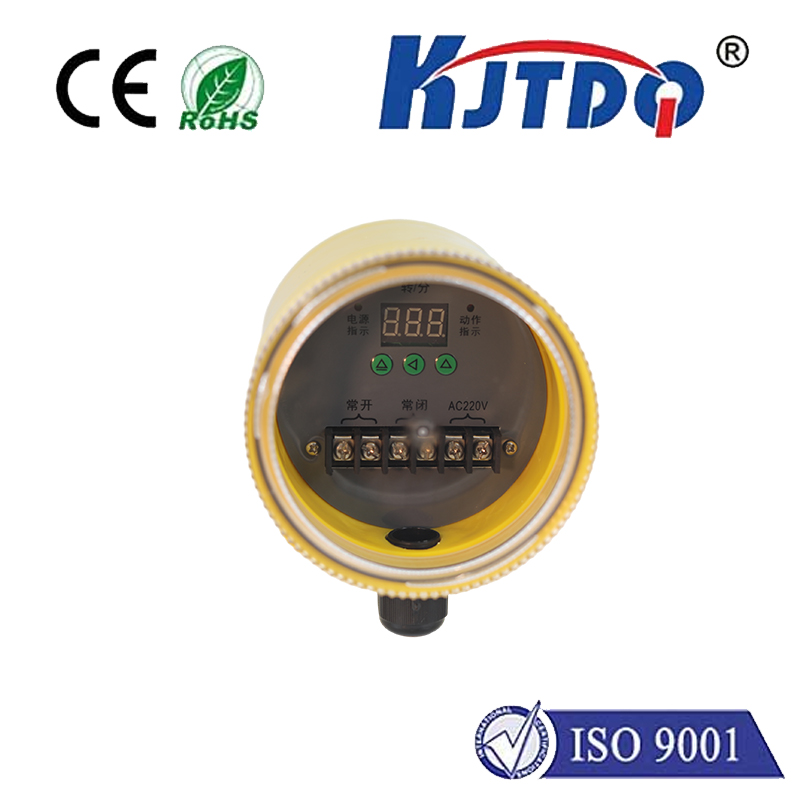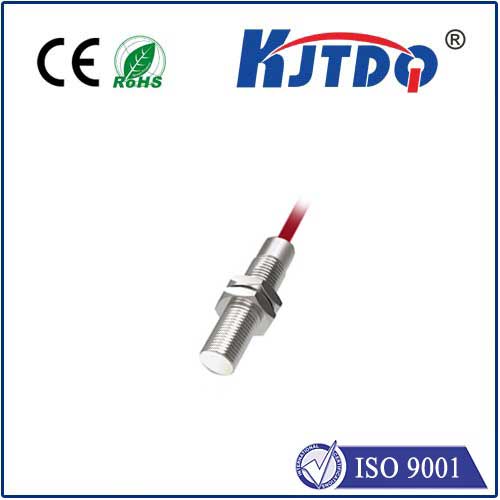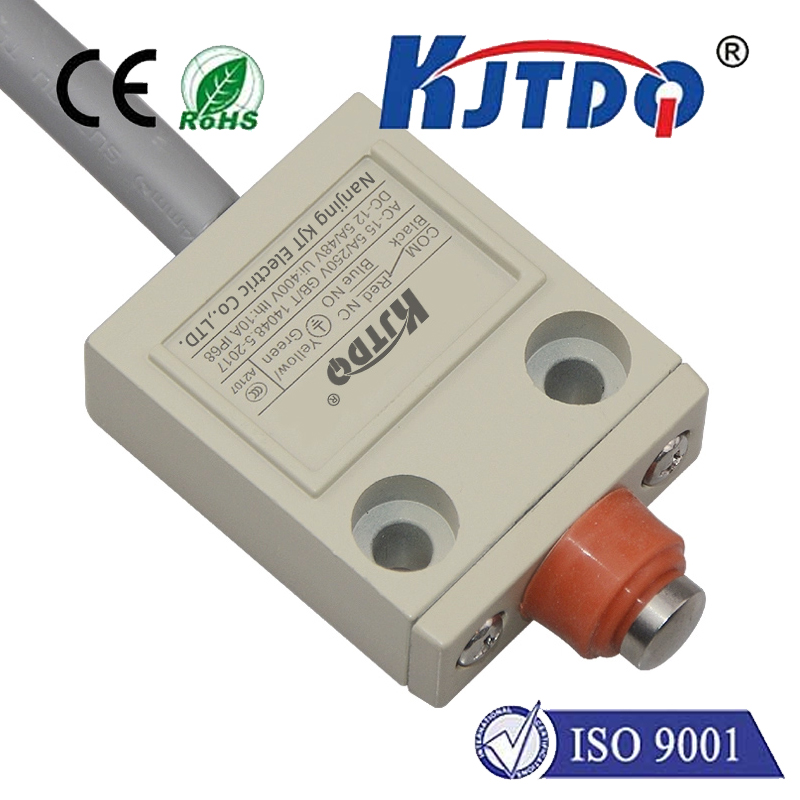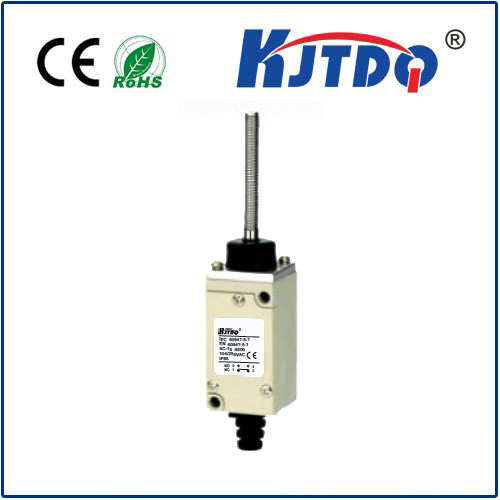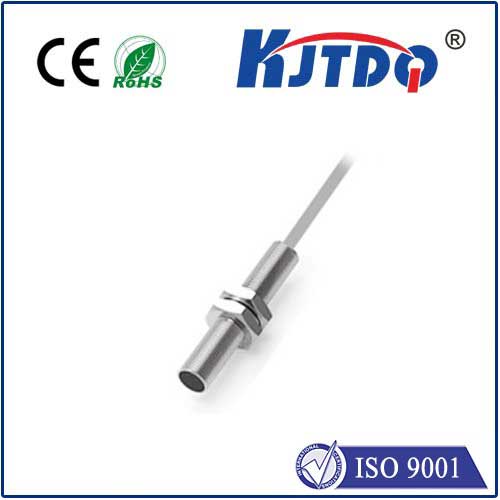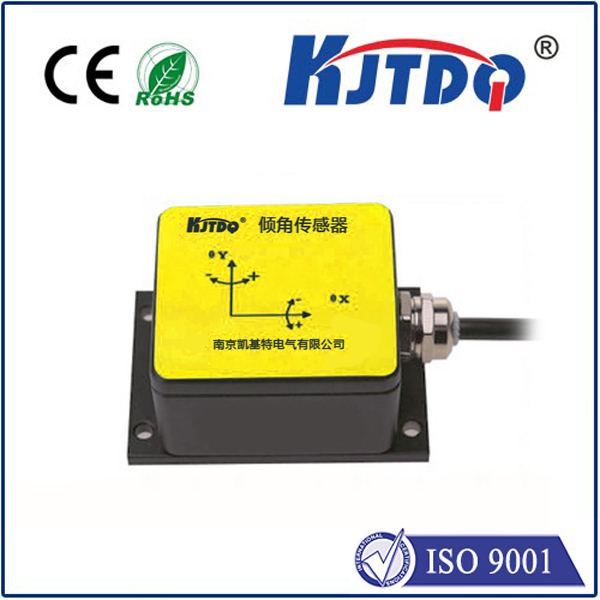Датчики приближения в продаже
- time:2025-07-19 08:40:47
- Нажмите:0
Unlock Precision: Your Ultimate Guide to Proximity Sensors for Sale
Finding the right proximity sensor for sale is more than just a purchase; it’s about injecting intelligence, efficiency, and safety into your machinery or project. These unsung heroes of automation detect the presence or absence of nearby objects without physical contact, revolutionizing countless industrial and consumer applications. Whether you’re an engineer automating a factory line, a developer building interactive exhibits, or a hobbyist crafting a smart device, navigating the world of proximity sensors for sale unlocks a realm of precision control. This guide cuts through the complexity, helping you understand the technology and make an informed choice for your specific needs.
Understanding the Magic: How Proximity Sensors Work
At their core, proximity sensors detect the presence or absence of a target object within a specified range. They achieve this through various physical principles, primarily:
- Electromagnetic Induction (Inductive Sensors): These detect metallic objects (typically ferrous metals like steel or iron). The sensor generates an electromagnetic field. When a metal object enters this field, it induces eddy currents within the metal, causing a measurable change in the sensor’s own oscillation or field strength. They are incredibly robust, immune to dust, oil, and water (with appropriate housing/IP ratings), making them ideal for harsh industrial settings like machine tools, conveyor systems, and automotive assembly.
- Capacitance Changes (Capacitive Sensors): These detect virtually any material – metals, plastics, wood, liquids, powders, and even human skin. The sensor acts as one plate of a capacitor, with the target object acting (or influencing) the other plate. As the object approaches, the capacitance changes, triggering detection. This versatility makes them perfect for level detection in tanks (liquids or granules), presence detection of non-metallic objects on lines, or touch-sensitive interfaces.
- Magnetic Fields (Magnetic Sensors - Reed Switches/Hall Effect): These react specifically to permanent magnets. Reed switches use magnetically sensitive reeds enclosed in glass, while Hall Effect sensors detect changes in magnetic flux density electronically. They are often used for position sensing (e.g., detecting if a door is closed), speed measurement (counting rotations), and simple presence detection where a magnet can be attached to the target.
- Optical Principles (Photoelectric Sensors): While sometimes categorized separately, optical proximity sensors use light beams (visible, infrared, laser) to detect objects interrupting or reflecting the beam. Variations include through-beam (separate emitter/receiver), retro-reflective (target breaks beam reflected from a reflector), and diffuse (target reflects light back to the sensor housed in one unit). They offer longer ranges and detect diverse objects but can be affected by environmental factors like dust, fog, or ambient light.
Choosing Your Champion: Key Factors When Buying
With numerous proximity sensors for sale, selecting the optimal one demands consideration of several critical factors:
- Target Material: This is paramount. Need to detect metal? Inductive sensors are your go-to. Detecting plastic, wood, liquid, or people? Capacitive sensors shine. Specifically sensing magnets? Choose magnetic sensors.
- Sensing Distance (Range): How far away does the object need to be detected? Each sensor type and specific model has a nominal sensing distance. Always check the datasheet and consider real-world factors like target size, shape, and material affecting the actual range. Choosing a sensor with just enough range enhances reliability and avoids false triggers.
- Output Type: How will the sensor signal detection?
- Digital (NPN/PNP): The most common, providing a simple ON/OFF signal compatible with PLCs (Programmable Logic Controllers) and microcontrollers. Crucial to match the sink/source (NPN/PNP) logic to your control system. NPN and PNP compatibility is a major selection criteria.
- Analog (0-10V, 4-20mA): Provides a continuous signal proportional to the target distance, useful for precise positioning or measuring applications.
- NO/NC Contacts: Relays or solid-state outputs configured Normally Open (closes on detection) or Normally Closed (opens on detection).
- Environmental Conditions: Will the sensor face dust, moisture, chemicals, extreme temperatures, or strong vibrations? Check the sensor’s Ingress Protection (IP) rating (e.g., IP67 for dust-tight and water immersion resistance) and temperature specifications. Industrial-grade sensors boast robust housings for demanding environments.
- Size and Mounting: Physical constraints matter. Cylindrical (threaded barrel) sensors are common, but flat-pack or block styles exist. Ensure the sensor dimensions and mounting method (flush or non-flush mounting for inductive) suit your application space. Compact designs are increasingly vital in modern machinery.
- Response Time and Switching Frequency: How quickly must the sensor react to a target appearing or disappearing? Measured in Hertz (Hz), a higher frequency means the sensor can detect faster-moving objects reliably.
- Electrical Requirements: Match the sensor’s supply voltage (commonly 10-30V DC) and current consumption to your power source and circuit capabilities.
Where Proximity Sensors Deliver Value: Core Applications
The versatility of proximity sensors for sale translates into pervasive use:
- Промышленная автоматизация: Position verification, end-of-travel detection, part counting, machine safeguarding, robotic arm guidance, conveyor control, and liquid level monitoring. Reliable sensing is the backbone of modern manufacturing.
- Автомобильная промышленность: Gear position sensing, brake pedal position, seat occupancy detection, window control anti-pinch, and assembly line automation. Safety-critical systems heavily rely on robust proximity detection.
- Consumer Electronics: Smartphone screen on/off detection (placing phone to ear), laptop lid closure detection, touchless faucets and soap dispensers, appliance door position, and interactive displays. They enable seamless user experiences.
- Security Systems: Door/window contact sensors, tamper detection, and presence detection in alarm zones. Non-contact detection offers discreet security.
- Building Automation: Occupancy sensing for lighting/HVAC control, automatic door openers, elevator position control.
- Robotics: Object detection for navigation, gripper presence sensing, and collision avoidance. Precise proximity feedback is crucial for autonomous movement.
- Перевозка материалов: Detecting pallets, packages, or products on conveyors, controlling sorting gates, and monitoring bin levels.
Finding the Best Deals: Smart Sourcing Strategies
With a clear understanding of your requirements, navigating proximity sensors for sale becomes straightforward:
- Identify Reputable Suppliers: Look for established industrial automation distributors (online and offline), electronics component suppliers, and OEMs specializing in sensors. They offer extensive catalogs and technical support. Choosing a supplier with strong technical expertise is invaluable.
- Leverage Online Marketplaces: Major electronics marketplaces provide vast selections, competitive pricing, and user reviews. Filter meticulously by type, sensing range, output, and brand.
- Consult Manufacturer Directories: Leading sensor manufacturers like Omron, Schneider Electric (Telemecanique Sensors), Sick, IFM, Pepperl+Fuchs, Balluff, and Carlo Gavazzi provide detailed product finders on their websites. Use their tools to pinpoint exact models that meet your specs.
- Compare Specifications Rigorously: Never rely solely on product titles or basic descriptions. Always download and compare the detailed datasheets. Pay close attention to sensing

